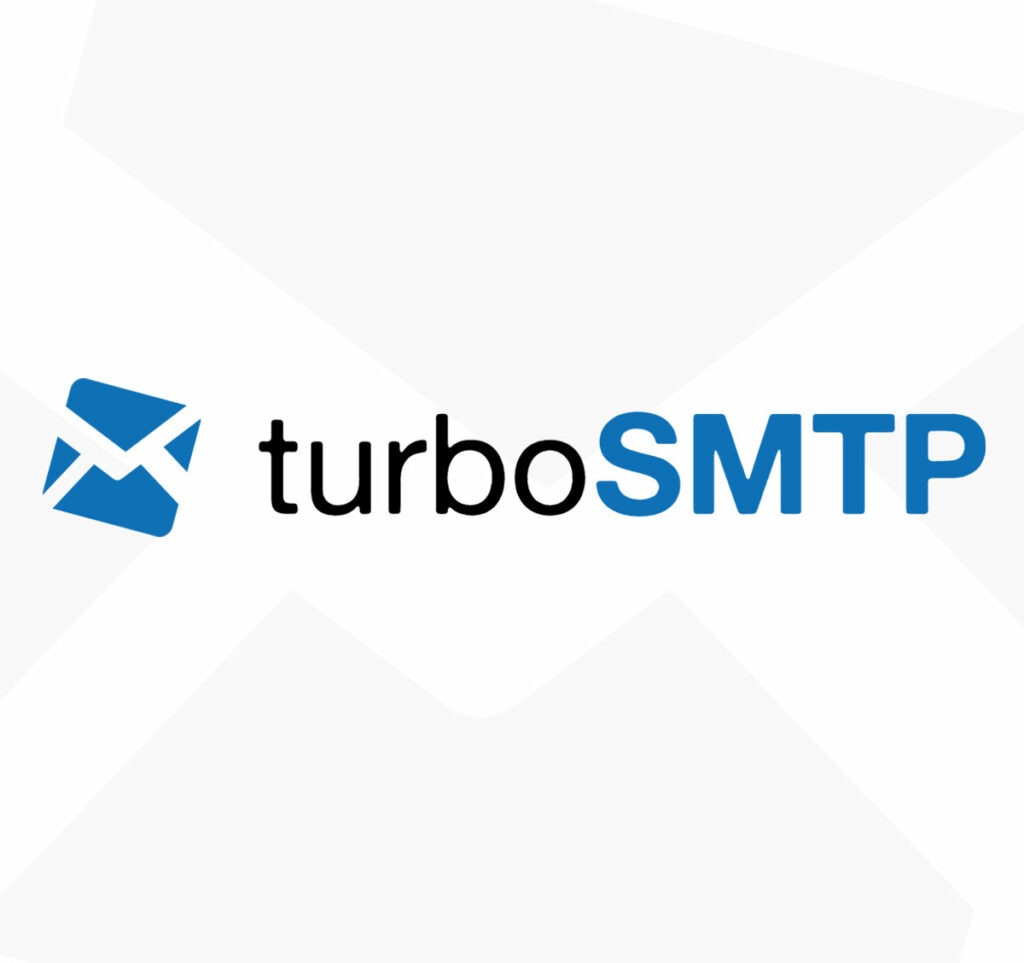How to Set Up DKIM for turboSMTP?

DomainKeys Identified Mail (DKIM) is an email authentication system designed to detect email spoofing. It allows organizations to take responsibility for transmitting a message, while providing a mechanism to verify that the message was not altered during transit. DKIM uses cryptographic signatures and public-key infrastructure to verify that an email message has not been altered during transit, and that it truly came from the claimed sender. Email senders can use DKIM to sign their messages by adding a DKIM-Signature header field to the messages. Email receivers can then use the public key published in the DNS to verify the signature and check that the message has not been tampered with.
Steps to Configure DKIM for turboSMTP
To obtain your DKIM keys and enable DKIM authentication for your domains, get in touch with the turboSMTP support team.
As seen in the accompanying screenshot, you must add 2 DKIM TXT entries to your domain’s DNS that point to the following hostnames:
Every domain has a different value, therefore you must copy and paste the information from the DKIM record that turboSMTP gave you into the value field.
Save your changes, then wait up to 72 hours for them to take effect.
Use our free DKIM record lookup tool to validate the published DKIM record.
You can use Skysnag’s free DKIM Checker to check the health of your DKIM record here
Enable DMARC for your domains to protect against spoofing. Sign up for a free trial today!
For more information on turboSMTP DKIM setup, you can refer to their reference documentation






